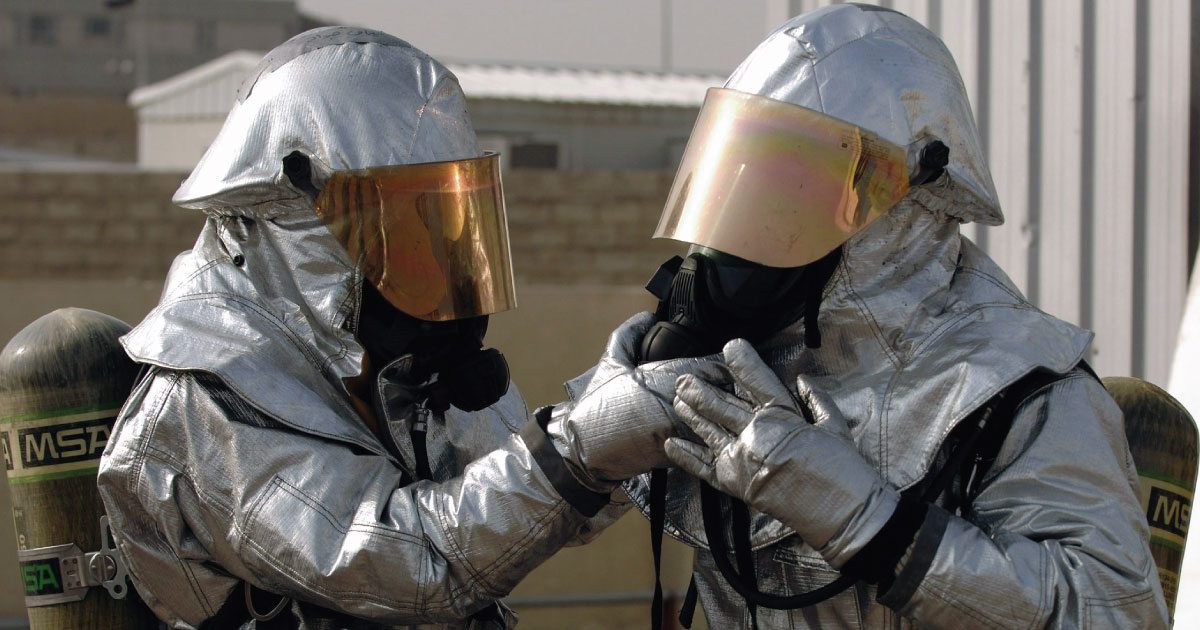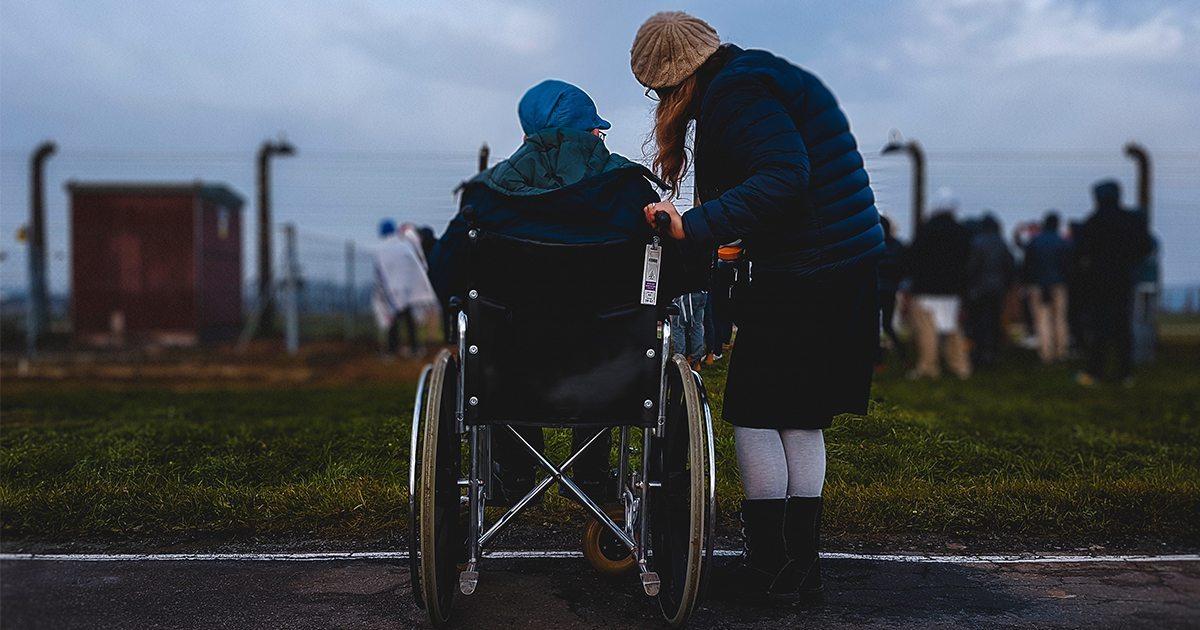Category: Cancer

Risk of Asbestos Exposure for Auto Mechanics of Recalled Chinese Cars
Auto mechanics and auto repair technicians have an elevated risk of developing mesothelioma, a form of cancer, because of exposure to asbestos during car repairs. A mineral fiber, asbestos is a recognized cause of cancer in humans caused by inhaling or swallowing asbestos fibers.
The use of asbestos is banned in some countries, but is still allowed in the United States for certain purposes. According to the National Cancer Institute, the automotive industry uses asbestos in vehicle brake shoes and clutches pads.
In Australia, an automotive importer recalled 23,000 Chinese-made cars this week after customs inspectors found asbestos in engine and exhaust gaskets, Australia’s consumer protection agency announced. Australia has prohibited the importation of asbestos since 2004.
According to a statement by the Australian Competition and Consumer Commission, customs and border protection officers detected asbestos in imported spare parts from China, prompting a safety investigation. Ateco Automotive, which imports cars made by Great Wall Motor Co., and Chery Automobile, ordered dealers to stop selling the affected vehicles and recalled gaskets that were distributed as spare parts.
The asbestos is bound into gaskets in the engine and exhaust system and does not present a risk to consumers using the vehicles, the consumer watchdog agency said. But consumers should not perform do-it-yourself maintenance that might disturb the gaskets, the agent warned.
“Asbestos is a prohibited hazardous substance and these engines and exhaust systems should only be worked on by qualified personnel using appropriate safety procedures,” said Della Richard, deputy chair of the Australian Competition and Consumer Commission.
While Australia now bans importation of asbestos, the widespread use of asbestos in more than 3000 products since the 1940s means that asbestos is present in many older buildings, houses and vehicles. Asbestos was used in kitchen tiles, roofing materials, and insulation around pipes and boilers. Cars sold in Australia before 2004 often had gaskets made of asbestos.
A Work Safe Australia report released last year found 660 new cases of mesothelioma were diagnosed in Australia and 551 deaths were attributed to the disease, in the most recent year of complete data.
In the United States, approximately 2,500 to 3,000 people are diagnosed with mesothelioma each year, and a similar number die of the disease annually. The disease is incurable, though there are treatments for mesothelioma including chemotherapy, radiation and surgery.
Most people diagnosed with mesothelioma are older workers, retired workers or veterans who were exposed to asbestos fibers in the workplace or military service decades ago. Microscopic asbestos fibers when inhaled can lodge in the lungs and remain there a lifetime causing inflammation that eventually leads to asbestos related disease.

Insulators Face Workplace Exposure to Asbestos, Declare War On Mesothelioma
Labor leaders for the International Association of Heat & Frost Insulators have declared war on mesothelioma, an asbestos-related cancer that affects many workers employed in the insulation industry. Insulators are at much greater risk of developing mesothelioma because of the long-time use of asbestos in many insulation products.
Nearly one out of every 10 insulators dies of mesothelioma, according to Dr. Andrew Todd, a professor of preventive medicine at Mt. Sinai Hospital in New York. Dr. Todd said the incidence of mesothelioma among insulation workers is about 1,000-fold higher than among the public at-large, based on 2008 statistics. Dr. Todd said the diagnosis of mesothelioma among insulators has remained very high for more than two decades, so the prevalence of asbestos disease is not decreasing.
At the International Insulators’ national convention in Las Vegas this month, convention delegates voted for every insulator in the U.S. and Canada to contribute four cents of each hourly wage they receive to fund research to find a cure for mesothelioma and to support a new Insulators’ Tissue Bank. The tissue bank will be a repository for asbestos-related tumor tissue donated by insulators affected by mesothelioma and asbestos-related disease. The Insulators’ Tissue Bank will be located and administered by the Mt. Sinai School of Medicine.
James A. Grogan, general president of the union, has advocated for increased attention on mesothelioma. According to a union press release, Grogan told delegates that the union now had a well-funded plan of attack against mesothelioma that emphasizes prevention and early detection and better medical care for insulators and their families. Grogan called upon insulators to donate tissue to the bank if they are treated for mesothelioma.
Asbestos was widely used as an insulation material for much of the 20th century and much of it remains in older houses and buildings. When the old insulation is torn out and replaced, workers may be exposed to asbestos dust. Therefore, insulators have an increased risk of occupational exposure to asbestos and of developing mesothelioma.When inhaled, microscopic asbestos fibers can penetrate deep in the chest cavity, remaining there for decades, causing inflammation, scarring and eventually disease.
Approximately 2,500 to 3,000 people die of mesothelioma each year in the United States. Symptoms of asbestos disease typically appear 30 to 50 years after exposure to asbestos.
More information about mesothelioma here.

International Epidemiology Panel Predicts Public Health Disaster of Asbestos-Related Disease
A committee of scientists from 13 epidemiology societies issued a statement this week calling for a global ban on mining, use and export of asbestos. The Joint Policy Committee of the Societies of Epidemiology put forward a position statement laying out clear evidence that all forms of asbestos cause mesothelioma, lung cancer and other diseases.
“Continued use of asbestos will lead to a public health disaster of asbestos-related illness and premature death for decades to come, repeating the epidemic we are witnessing today in industrialized countries that used asbestos in the past,” Dr. Stanley Weiss, chair of the Joint Policy Committee said in a statement.
The Joint Policy Committee coordinates policy actions among 13 U.S., Canadian and international epidemiology societies. The group’s 25-page statement details the latest scientific evidence about asbestos and expressed “grave concern” that the governments of Brazil, Canada, China, India, Indonesia, Russia, Sri Lanka, Thailand, Ukraine, Uzbekistan and Vietnam are putting their own citizens and others in peril by allowing asbestos mining.
Weiss said the committee considered it to be critically important to support the objective scientific evidence that all use of asbestos should stop. Most industrialized countries have ceased or sharply curtailed use of asbestos and more than 50 countries have passed laws banning its use. Consequently, the asbestos industry is working to establish new markets by promoting the use of asbestos in low to moderate income nations, which have weaker worker safety laws. Many of these countries are unaware of the health hazards posed by asbestos. The proportion of asbestos used in Asia has increased sharply.
“We call specifically on the major asbestos exporting countries—Brazil, Canada, Kazakhstan and Russia to respect the right to health by ceasing the mining, use and export of asbestos, and providing transition assistance to their asbestos-mining communities,” said Dr. Robert Hiatt, representing the American College of Epidemiology.
According to the World Health Organization, more than 107,000 people die each year from mesothelioma, lung cancer and asbestosis caused by workplace exposure to asbestos. Mesothelioma is a cancer of the lining of the chest cavity and abdominal cavity caused by inhaling asbestos. One in every three deaths from occupational cancer is estimated to be caused by asbestos.
In the United States, approximately 2,500 to 3,000 people are diagnosed with mesothelioma each year. Most are older workers, retired workers and veterans who were exposed to asbestos in a workplace.
The symptoms of asbestos disease typically take 20 years to 50 years to appear. But once the disease develops, it advances aggressively. Mesothelioma is incurable, but there are treatments to control the disease if it is diagnosed at an early stage.
More information about mesothelioma treatments.

Gene Therapy Approaches Milestone; Potential To Cure Diseases Caused By Inherited Gene Defect
You can expect to hear a lot more about gene therapy as a treatment for serious diseases in the years head. Gene therapy is still an experimental treatment in the United States, but holds the potential to cure genetic disorders by replacing a defective gene with a corrected copy of the gene. As The New York Times noted, gene therapy neared a milestone this week.
The European Medicine Agency’s Committee for Medicinal Products recommended approval of a gene therapy medicine to treat lipoprotein lipase (LPL), a rare inherited disorder that involves a defective gene, according to a press release posted Friday on its website. Patients with the disorder cannot produce enough of an enzyme that breaks down fat and may experience life-threatening pancreatitis attacks
If the European Medicine Agency follows the committee’s recommendation, as is typical, the medicine Glybera would be the first gene therapy medication approved for authorization in European countries. No gene therapy has been approved so far in the United States.
Jeffrey Ostrove, chief executive of Ceregene, a gene therapy company in San Diego told The New York Times, that pharmaceutical companies have been reluctant to invest in developing gene therapy drugs because there are no approved medicines. Ostrove said that approval of a gene therapy medicine in western Europe has the potential to change the way gene therapy is viewed.
Researchers have been studying the effectiveness of gene therapy in treating various diseases in clinical trials since a breakthrough discovery in 1989 that an abnormality in one gene on a specific chromosome caused the disease cystic fibrosis. That was a huge discovery. It led to the premise that doctors could cure a patient’s disease by identifying an abnormal gene mutation and replacing the defective gene with a corrected copy. The concept isn’t hard to understand, but making it work is complex. The initial applications of gene therapy are likely to involve rare diseases that may be cured by replacing a single defective gene. Lipoprotein lipase is a good example of that.
Researchers are investigating the applications of gene therapy for treatment of cancer including mesothelioma, a cancer of the lining of the lung caused by asbestos exposure. The University of Pennsylvania has an ongoing gene therapy clinical trial for patients who are newly diagnosed with mesothelioma and patients whose cancer has not responded to other treatments. Patients receive a combination of chemotherapy and a new type of gene therapy called immuno-gene therapy that uses a modified common cold virus to trigger the patient’s immune system to destroy cancer cells. Penn doctors have been encouraged by the response of mesothelioma patients receiving the treatment, Dr. Daniel Sterman an associate professor at the University of Pennsylvania said.
Approximately 2,500 to 3,000 people in the United States are diagnosed with mesothelioma each year with symptoms typically appearing 30 to 50 years after asbestos exposure. The disease is incurable, though there are treatments including chemotherapy, radiation and surgery.
Most people diagnosed with mesothelioma are older workers, retired workers or veterans who were exposed to asbestos fibers in the workplace or military service. Microscopic asbestos fibers when inhaled can lodge in the lungs and remain there a lifetime causing inflammation that eventually leads to asbestos related disease.

Mesothelioma Cases in UK Due to Asbestos Exposure in Workplaces Rises
A recent article published in the British Journal of Cancer discusses occupational cancers that are prevalent in Britain including lung cancer and mesothelioma.
Mesothelioma is a form of cancer that develops in the protective lining of the body’s organs known as the mesothelium. It is associated with exposure to asbestos, a mineral fiber used in many industries in the 20th century. Mesothelioma tumors most commonly appear in the lining of the chest cavity, but also may appear in the lining of the abdominal cavity or the lining around the heart.
According to the article, the number of mesothelioma deaths has increased markedly each year in Great Britain since the 1960s. Mesothelioma accounted for 2,046 cancer deaths in Great Britain in 2005 compared to 153 deaths in 1968, the year that Great Britain began a registry of mesothelioma deaths. The British Mesothelioma Register is the most comprehensive source of data on mesothelioma in the country.
Mesothelioma is more common in men who tend to have jobs in industries that had occupational risk of asbestos exposure. Among the industries that used asbestos and presented a higher risk of mesothelioma are mining and milling, insulating, shipyard work, sheet metal fabrication, asbestos by-products manufacturing, and the asbestos cement industry. Males account for about 85 percent of mesothelioma deaths each year.
Mesothelioma symptoms typically appear 30 to 40 years after exposure to asbestos, meaning that most people who develop the disease are older. They are often retired workers or veterans. About two-thirds of the people diagnosed with mesothelioma are between the ages of 60 and 80 years old, according to the article.
In addition to mesothelioma, the researchers at the British Occupational Cancer Burden Study Group say that a large number of studies report increased lung cancer among workers exposed to asbestos. All forms of asbestos cause cancer, according to the International Agency for Research on Cancer. Lung cancer ranks among the cancer with the highest number of cases associated with occupational exposures. The recent article cites a 1996 study from the American Journal of Occupational Medicine. The earlier article, by researchers at the National Institute for Occupational Safety and Health in the United States, estimated that 9,900 to 11.900 develop lung cancer from occupational exposure to carcinogens and approximately half of the cases involve asbestos.
In the United States, approximately 2,500 to 3,000 people a year are diagnosed with mesothelioma. Most people were exposed to asbestos decades ago in a workplace or during military service such as while serving in the Navy. Mesothelioma is an incurable disease, but there are treatment options to manage the cancer. Treatments are more effective if the cancer is detected before it has reached an advanced stage.
Free Mesothelioma Patient & Treatment Guide
We’d like to offer you our in-depth guide, “A Patient’s Guide to Mesothelioma,” absolutely free of charge.
It contains a wealth of information and resources to help you better understand the condition, choose (and afford) appropriate treatment, and exercise your legal right to compensation.
Download Now